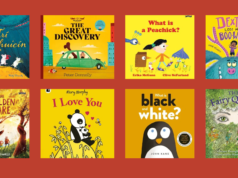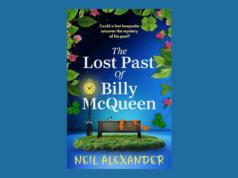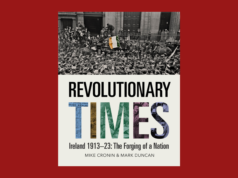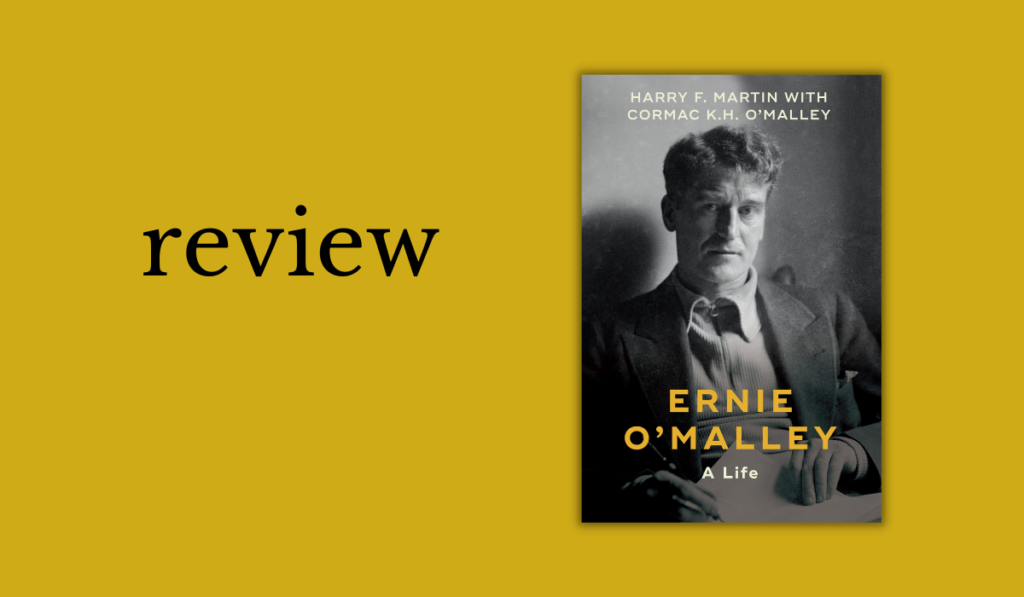
Ernie O’Malley: A Life|Harry F. Martin & Cormac K.H. O’Malley|Merrion Press|ISBN:9781785373909| €18.95
Consulting Editor Tony Canavan on the life of Ernie O’Malley, one of the most outstanding characters in recent Irish history.
by Tony Canavan
Ernie O’Malley is one of the most interesting and intriguing of Ireland’s Republican figures.
He was not only a leader and a fighter but also a writer and intellectual. In any other country he would be a national hero, celebrated in history and fiction. However, in Ireland we seem reluctant to acknowledge heroes and would rather point to their feet of clay.
Despite being given a state funeral, he remains a largely unknown figure.
The only other substantial biography of O’Malley was written twenty years ago by Richard English. At the time I reviewed Ernie O’Malley: IRA Intellectual for Books Ireland, and commented that English did not seem to have much sympathy for his subject and appeared to be in constant dialogue with O’Malley.
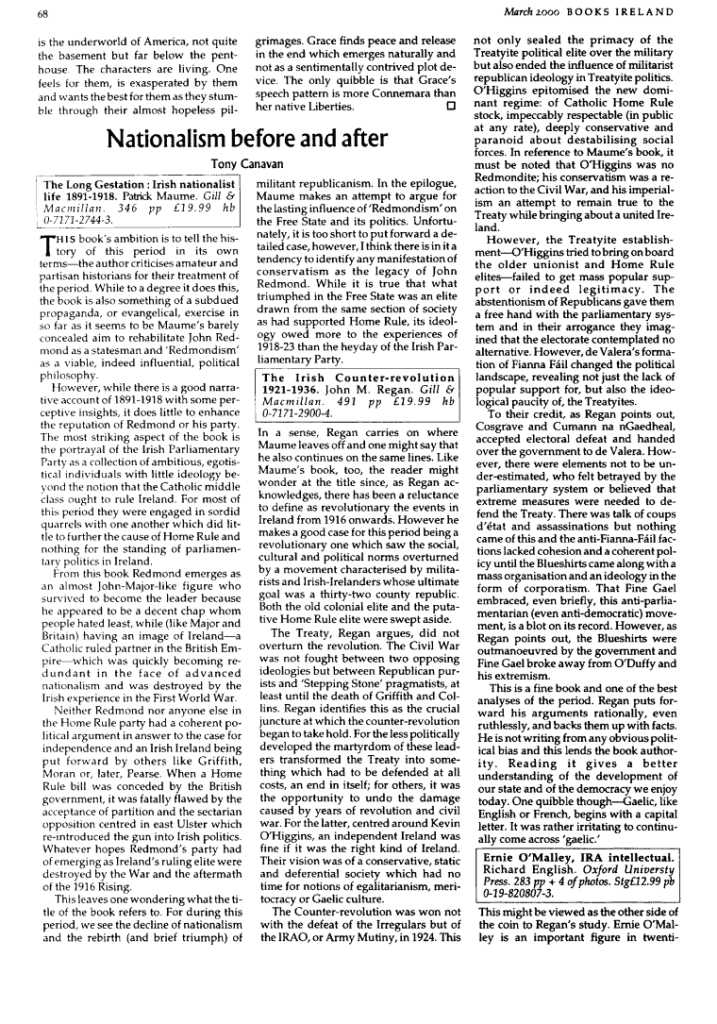
Nationalism Before and After, by Tony Canavan, Books Ireland March, 2000. 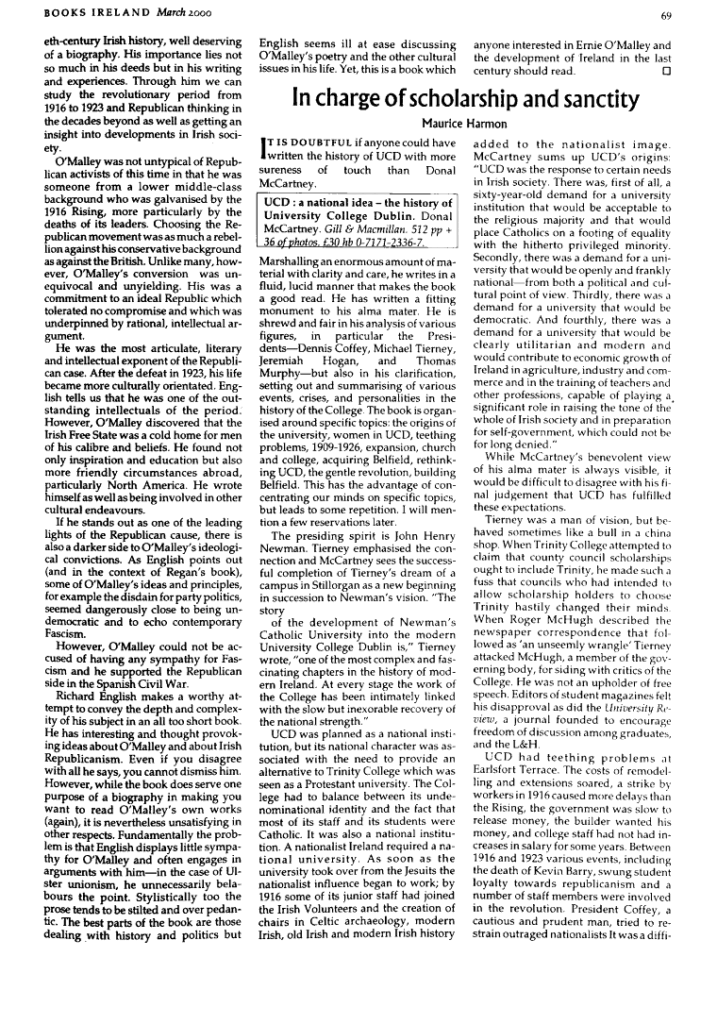
Nationalism Before and After, by Tony Canavan, Books Ireland March, 2000.
Honest biography
While welcoming this biography, I was concerned that it was co-written by one of O’Malley’s sons. The relationship between father and son can veer from uncritical hero worship to hostile antagonism.
However, I need not have worried. This is an honest biography which avoids the pitfalls of both hagiography and hatchet-job.
O’Malley is presented as a human being with faults and failings while acknowledging his achievements. Reading it prompts me to go back to O’Malley’s books about the Irish War of Independence and the Civil War.
Rebellion
The book brings into focus the three distinct phases in O’Malley’s life as he moved from being a youthful rebel to man of letters and finally a middle-aged father.
In the first phase, Ernie O’Malley not only rebelled against British rule but against his family also. His father was a ‘Castle Catholic’ who served in the British administration and was hostile to Irish nationalism. When World War I broke out, two of his brothers became British officers. On joining the IRA, O’Malley cut himself off from his family, even though his other brothers followed him in rebelling.
Martin and his co-author, Cormac O’Malley, paint a clear picture of the O’Malley family’s tensions, which continued throughout his life.
At an early stage he was asked by Michael Collins to organise the IRA throughout the country. This was a serious responsibility as he had no military experience and would have to deal with local leaders who had their own ideas. The authors show that lack of military experience was not O’Malley’s biggest drawback but rather his own temperament.
He could be ill at ease with people, and often viewed as lacking sympathy or understanding for the men he was trying to turn into an army. Nevertheless, he succeeded and when open hostilities erupted, O’Malley proved his worth as an astute planner and fearless fighter.
The authors do not glamourise the war in which O’Malley was wounded many times and tortured twice by the British, permanently damaging his health.
In the Civil War, he played a leading role in the anti-Treaty IRA. He was wounded again in this conflict and imprisoned by the Free State forces.
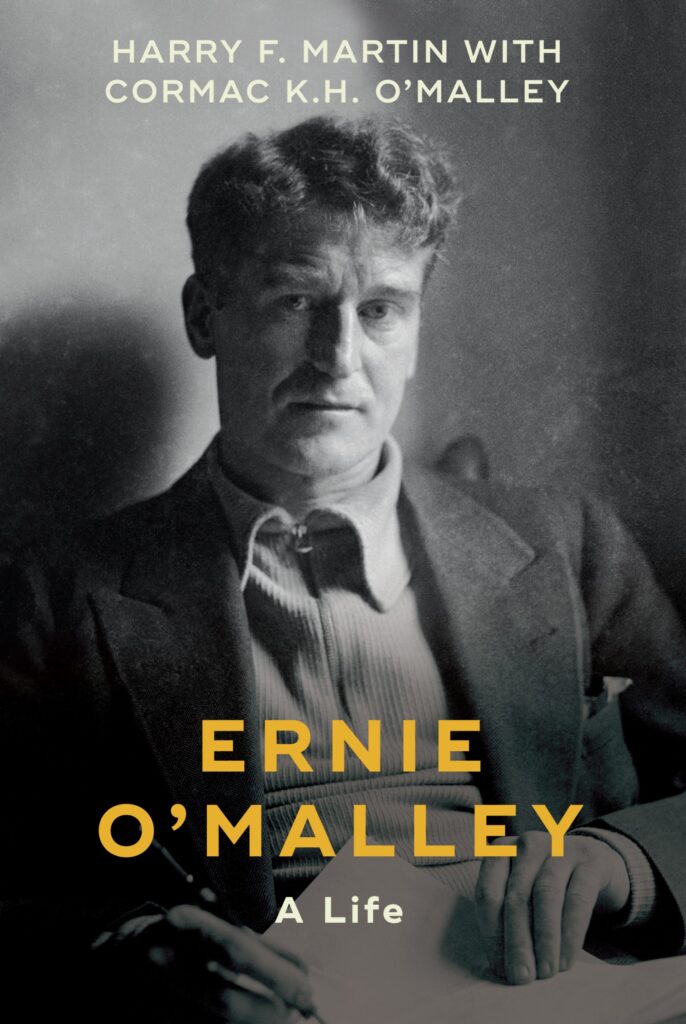
Art and literature
If this were all there were to O’Malley, he would not be different from Dan Breen or Tom Barry, two other IRA commanders who wrote memoirs. However, O’Malley was always interested in art and literature.
Even when living rough or on the run, he always had books with him, reading great works of European literature and the history of art.
The end of fighting gave O’Malley the space to develop his cultural life. He travelled on a shoestring in Europe while he steeped himself in European culture. Then he went to America where he evolved into an intellectual, at home among the artistic crowd and becoming recognised as a writer. The book chronicles these crucial years, describing the ins and outs of O’Malley’s experience and the people he was involved with.
Family
It was in America that O’Malley met and eventually married Helen opening the final phase of his life. They had three children (Cormac was the youngest). The O’Malleys returned to Ireland and were involved in various endeavours.
Ernie was active in creative circles, developing a role as a commentator in print and on the radio, while Helen pursued her own artistic projects. They spent some years trying to make a go of a farm in Co. Mayo despite numerous setbacks. Things were not helped by a long running libel case brought against Ernie following publication of On Another Man’s Wound.
It was all too much for Helen, eventually leading to the acrimonious break-up of their marriage.
Helen ‘kidnapped’ the two older children leaving Cormac with his father. The tone of the book changes as it focuses on their relationship, a time cut short by O’Malley’s death in 1957.
This is a short book but it covers a lot. It reflects the three aspects of Ernie O’Malley’s life in a fair and informative way. It is well written and makes good use of O’Malley’s own words to highlight a point or add depth to a description. It’s not too far out from Christmas and this book would make a good present for anyone who wants to learn about one of the most outstanding characters in recent Irish history.








